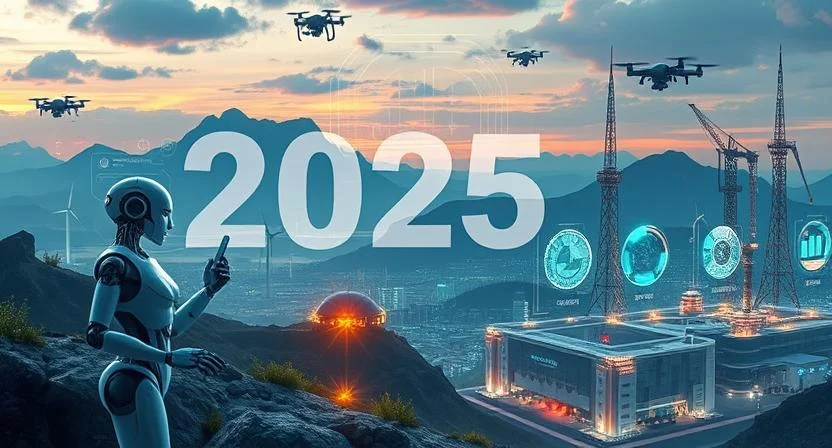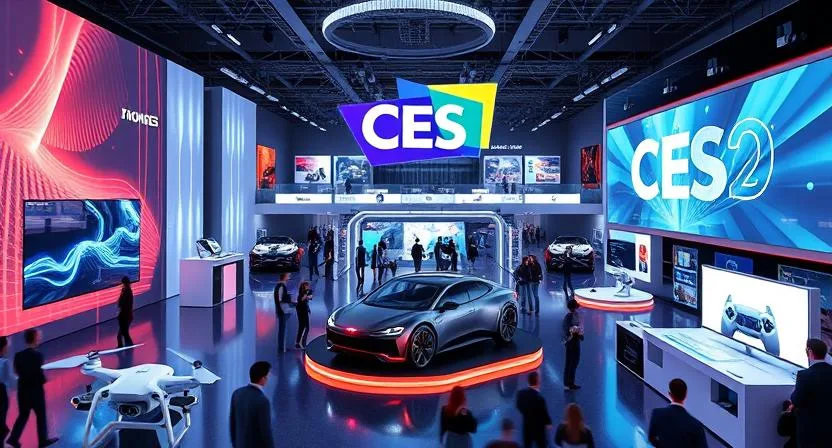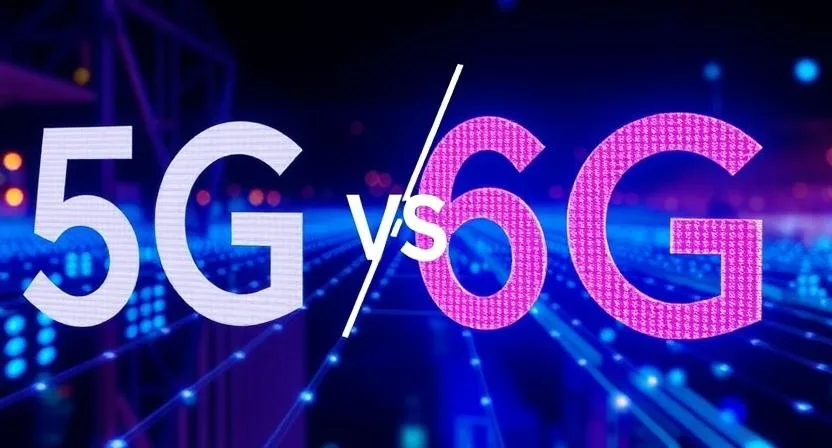From neurological enhancement to agentic artificial intelligence, Gartner forecasts future tech trends and how these advanced technologies will be depended on globally.
The convergence of new ideas transforming our lives, businesses, and interactions is driving global technology forward.
While businesses all around struggle with post-pandemic digital transformation, sustainability demands, and changing customer expectations, technologies are advancing and posing possibilities and problems for everybody.
Gartner projects the top strategic Tech Trends for 2025 based on this year’s trends, indicating a shift from conventional digital capabilities to more complex, autonomous systems that blur the boundaries between human and machine intelligence.
As the sector addresses energy efficiency, cybersecurity, the ethical consequences of ever more autonomous systems, and more, this reframing of technology’s role comes as natural.
As these Tech Trends, their influence generates fresh needs for company executives to grasp and use their possibilities while controlling related dangers.
Tracking these trends will let IT managers, like Gene Alvarez, Distinguished VP Analyst at Gartner, determine the future of their companies with responsible and ethical innovation.
Examining Gartner’s 2025 forecasts, Technology Magazine explores what they signify for the worldwide IT industry both today and going forward.
Top 10: Future Tech Trends of 2025
1. Agentic AI
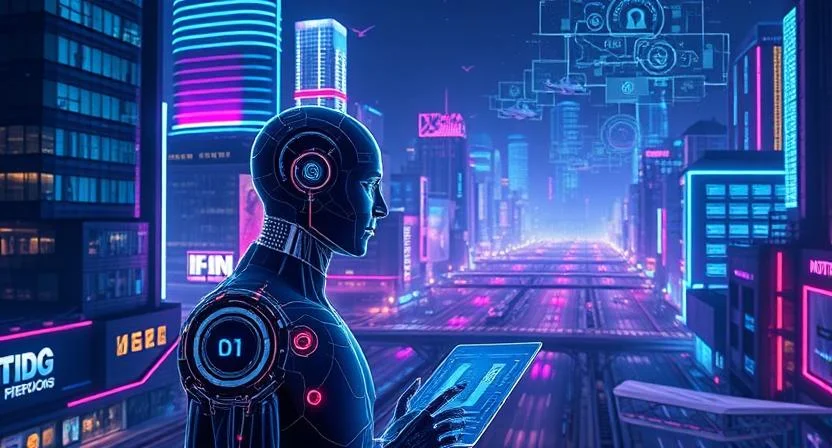
Part of its influence is its application stretching across several sectors, including manufacturing, customer service, logistics, and healthcare, via fast analysis of huge datasets for drug development.
Agentic artificial intelligence is also being applied concurrently in the finance industry to evaluate investment prospects, examine market trends, and generate individualised financial plans.
This technology is mostly helping the change from query-and-response systems to autonomous machine agents competent of doing activities connected to enterprises free from human direction.
“By 2028, at least 15% of daily work decisions will be made autonomously through agentic AI, up from 0% in 2024,” Gartner projects.
Major tech firms, like Microsoft, securing a multi-year contract with the UK government to provide public sector groups access to its AI tools, have focused on the realisation and promise of agentic artificial intelligence.
Agentic artificial intelligence seeks to boost efficiency and productivity overall as well as for the future by letting software agents handle difficult, decision-intensive chores.
Like Gartner finds, “agentic artificial intelligence has the potential to realise CIOs’ desire to increase productivity across the organisation.”
“This motivation is driving both enterprises and vendors to explore, innovate, and establish the technology and practices needed to deliver this agency in a robust, secure, and trustworthy way.”
2. AI governance platforms

According to Gartner, “part of Gartner’s evolving AI Trust, Risk, and Security Management (TRiSM) framework that enables organisations to manage the legal, ethical and operational performance of their AI systems.”
“These technology solutions have the capability to create, manage, and enforce policies for responsible AI use, explain how AI systems work and provide transparency to build trust and responsibility.”
This case demonstrates how quickly adoption of artificial intelligence is driving the need of governance systems for handling operational, legal, and ethical issues.
“By 2028, organisations who implement comprehensive AI governance platforms will experience 40% less AI-related ethical incidents compared to those without such systems,” Gartner projects.
Leading AI governance solutions include companies like Credo AI and Fairly AI; Credo AI provides tools to let businesses get ready for the EU AI Act.
3. Disinformation security
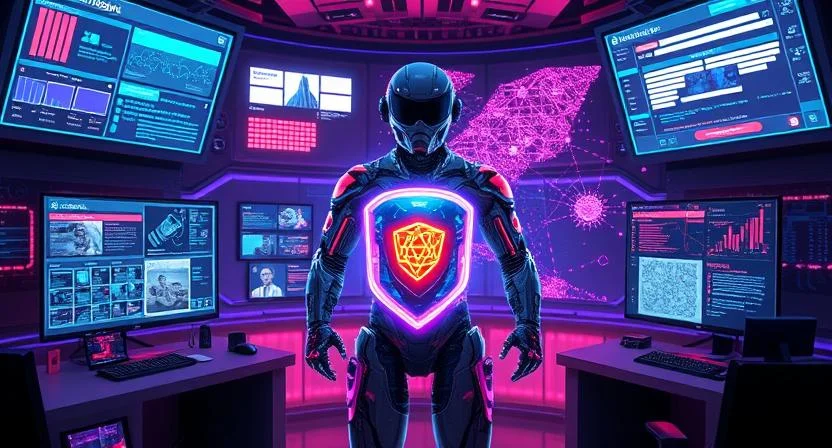
This implies that its nature enables it to solve problems in several sectors and handle the increasing threat of artificial intelligence-enhanced hostile assaults and false information.
The technology seeks to methodically identify trust and offer analytical tools to guarantee integrity, evaluating authenticity and stopping imitation.
Its method of stopping the dissemination of misleading information is transforming as it uses artificial intelligence and machine learning to identify and neutralise risks.
While Google and Microsoft are creating better detection algorithms, major internet firms, including Meta, which has enforced the sharing of AI-generated material, are investing in misinformation protection.
Simultaneously, PwC reports that commercial services are emerging to help companies and journalists track and combat misinformation.
Gartner expects that: “By 2028, 50% of companies will begin deploying technologies, services, or features targeted expressly to solve misinformation security use cases, up from fewer than 5% today.”
4. Postquantum cryptography

Emerging as a major concern in the IT sector is postquantum cryptography (PQC), which tackles the impending problem of quantum computers breaching present encryption systems.
Gartner projects that numerous forms of extensively used conventional encryption will be replaced as quantum computing advancements advance over the past few years.
“It is not easy to switch cryptography methods, so organisations must have a longer lead time to ready themselves for robust protection of anything sensitive or confidential.”
Big IT firms are getting ready for this change.
For instance, HP will be the first PC manufacturer to use PQC to safeguard its onboard firmware.
Google, IBM, and Microsoft are creating quantum-resistant algorithms, while the US National Institute of Standards and Technology (NIST) released its new PQC standards in August 2024, thereby leading the industry’s change.
“By 2029, advances in quantum computing will make conventional asymmetric cryptography unsafe to use,” Gartner projects.
5. Ambient invisible intelligence

Advanced sensors and ML technologies are combined in ambient invisible intelligence into daily surroundings.
It seeks to smoothly improve comfort and efficiency by combining digital intelligence with physical environments to enable better quality of life.
Gartner thinks, “In the long term, ambient invisible intelligence will enable a deeper integration of sensing and intelligence into everyday life.”
In the healthcare industry, for instance, ambient invisible intelligence is producing smart, responsive environments that improve staff efficiency and patient care; ICUs are using this technology to improve patient mobilisation and monitoring; one study shows an 87% accuracy in categorising patient movements.
Starting from mental health, Eleos Health is leveraging ambient intelligence to improve treatment sessions.
Eleos, their artificial intelligence voice assistant, surreptitiously runs throughout sessions and offers mental health experts insightful analysis.
6. Energy-efficient computing

Energy-efficient computing is becoming crucial in helping to solve the rising environmental effect of data centres and artificial intelligence workloads.
Particularly for computationally demanding uses like artificial intelligence training and simulation, it is meant to lower energy usage while preserving or boosting computing performance.
“In 2024, the leading consideration for most IT organisations is their carbon footprint,” states Gartner.
Google has been motivated by this to reach a power use effectiveness (PUE) rating of 1.10, well above the industry average of 1.67.
Microsoft also pledges to run its data facilities entirely on renewable energy.
Furthermore, GPU-accelerated clusters can achieve a 5x gain in energy efficiency compared to CPU-only instances, according to the US Department of Energy’s National Energy Research Scientific Computing Centre.
“Starting in the late 2020s, several new compute technologies, such as optical, neuromorphic, and novel accelerators, will emerge for special-purpose tasks, which will use greatly less energy,” Gartner projects.
7. Hybrid computing Tech Trends

In the IT sector, hybrid computing plays the function of combining many computer paradigms to solve challenging challenges.
It uses several systems to improve performance, therefore allowing technologies like artificial intelligence to surpass present limits.
This strategy will produce, according to Gartner, “highly efficient, transforming, innovative environments.”
Innovating in this area, companies like IBM and Microsoft provide hybrid solutions combining public and private cloud resources.
IBM’s hybrid cloud solutions especially let companies use current infrastructure while implementing cutting-edge technology, therefore encouraging innovation and efficiency across many industries.
8. Spatial computing Tech Trends

Through “streamlined workflows and enhanced collaboration” during the next five to seven years, Gartner projects that spatial computing will dramatically boost organisational effectiveness.
Integrating AR, VR, and mixed reality, spatial computing improves interactions between the physical and digital worlds.
Gartner projects spatial computing will rise to US$1.7 trillion by 2033, from US$110bn in 2023.
Microsoft’s and Apple’s development has driven innovations in this area.
Apple’s Vision Pro is meant to alter user involvement through immersive experiences, while Microsoft’s HoloLens lets users overlay digital information over real-world surroundings.
In healthcare, meanwhile, spatial computing uses real-time digital overlays to improve surgery planning and patient education.
9. Polyfunctional robots Tech Trends

These robots, according to Gartner, “improve efficiency and provide a faster ROI,” hence they are indispensable in dynamic surroundings.
From fewer than 10% now, Gartner projects that “80% of humans will engage with smart robots on a daily basis,” by 2030.
Two firms funding polyfunctional robotics to improve operational flexibility are Amazon and Siemens.
While Siemens combines these robots into industrial processes to simplify production lines, Amazon utilises them in its warehouses for jobs ranging from sorting to packing.
The employment of polyfunctional robots in healthcare, where they help with chores like supply delivery and space disinfection, is another area of ongoing research.
10. Neurological enhancement Tech Trends

Using technology that reads and decodes brain activity, neurological enhancement seeks to increase human cognitive capacity.
From less than 1% in 2024, Gartner estimates by 2030: “30% of knowledge workers will be enhanced by technologies such as bidirectional brain-machine interfaces (BBMIs).”
Pioneering this field and creating implants enabling people to use their minds to control machines are companies like Neuralink and Elon Musk.
This implies that this technology may be used in human upskilling, marketing, and performance optimisation, so helping companies to grasp customer emotions and improve brain capacities for better results.
Stay connected with GizOasis for more!

